👋 Hey, I’m Kumar and welcome to my weekly newsletter. Each week I share Sketchnote(s) on product, leadership, personal growth, and anything that helps you get started on Sketchnoting.
Hey Visual folks.
Ever find yourself scribbling during a meeting, ideas flying in faster than your pen can move?
Some go to the corner of the page. Some land dead-center.
Some connect. Some float.
It’s a bit chaotic, but also… kind of beautiful.
Welcome to the quiet magic of scatter and concurrence—two unsung visual techniques that shape your thinking as much as your page.
Let’s unpack them.
You can do anything with words and pictures!
~=~ Harvey Pekar, American Splendor[3] ~=~
✨ Scatter: When Your Mind Maps Itself Out Loud
Scatter isn’t sloppy.
It’s the shape of raw thought.
In sketchnotes, scatter happens when ideas are spread across the page like popcorn:
a quote in the top-left, a doodle bottom-right, an insight floating off-center. No linear path. But each thing lands where it feels right in the moment.
🎯 Why It Works:
It reflects how we actually think—non-linear, emotionally charged, memory-driven.
It gives your brain breathing space. Visually scattered elements feel less constrained, more open.
It helps you group ideas by emotion or energy, not by chronology.
Scatter sketches are often the ones you return to weeks later and go,
“Ohh… THAT’s what I was feeling.”
🌀 It’s thought in free-fall. And sometimes, that’s where clarity begins.
🌱 Concurrence: The Poetry of Placement
Now flip that energy.
Concurrence is when things are placed deliberately together.
You cluster a question and its answer.
You group a metaphor and its visual.
You line up a concept and its implications.
🎯 Why It Works:
It helps you form mental links.
It makes your sketchnote a living network of meaning.
It brings clarity, because you’re showing what belongs together—visually.
Imagine drawing a person, and right next to them, a growing plant and a rising sun.
Boom: You’ve said growth and hope—without using a single word.
Concurrence is quiet.
Intentional.
It’s you saying, “These things matter. Together.”
🧠 So What Does This Mean for Your Clarity of Thought?
Whether you scatter or cluster, you’re doing something extraordinary:
You’re externalizing your thoughts and making them visible.
That visibility is where clarity lives.
Scattering helps you explore the terrain of your ideas.
Concurrence helps you connect the dots once you’re ready.
It’s less about “right or wrong” and more about listening to your thinking with your eyes.
🧩 Sketch Prompt: “A Messy Mind Meets a Clear Moment”
Here’s one to try:
Start by freely scattering thoughts about something you’re overthinking right now.
Could be a decision, a project, a feeling.
Let the chaos come out.
Now, take a fresh color or a new layer, and start clustering related things together.
Circle them. Draw lines. Add arrows. Bring order to the mess.
See what emerges.
💬 Often, clarity doesn’t start with answers—it starts with placement.
Until next time—scatter your thoughts. Cluster your truths.
And trust your pencil to sort it all out.
Thank you for reading Letsketchin. 🥧




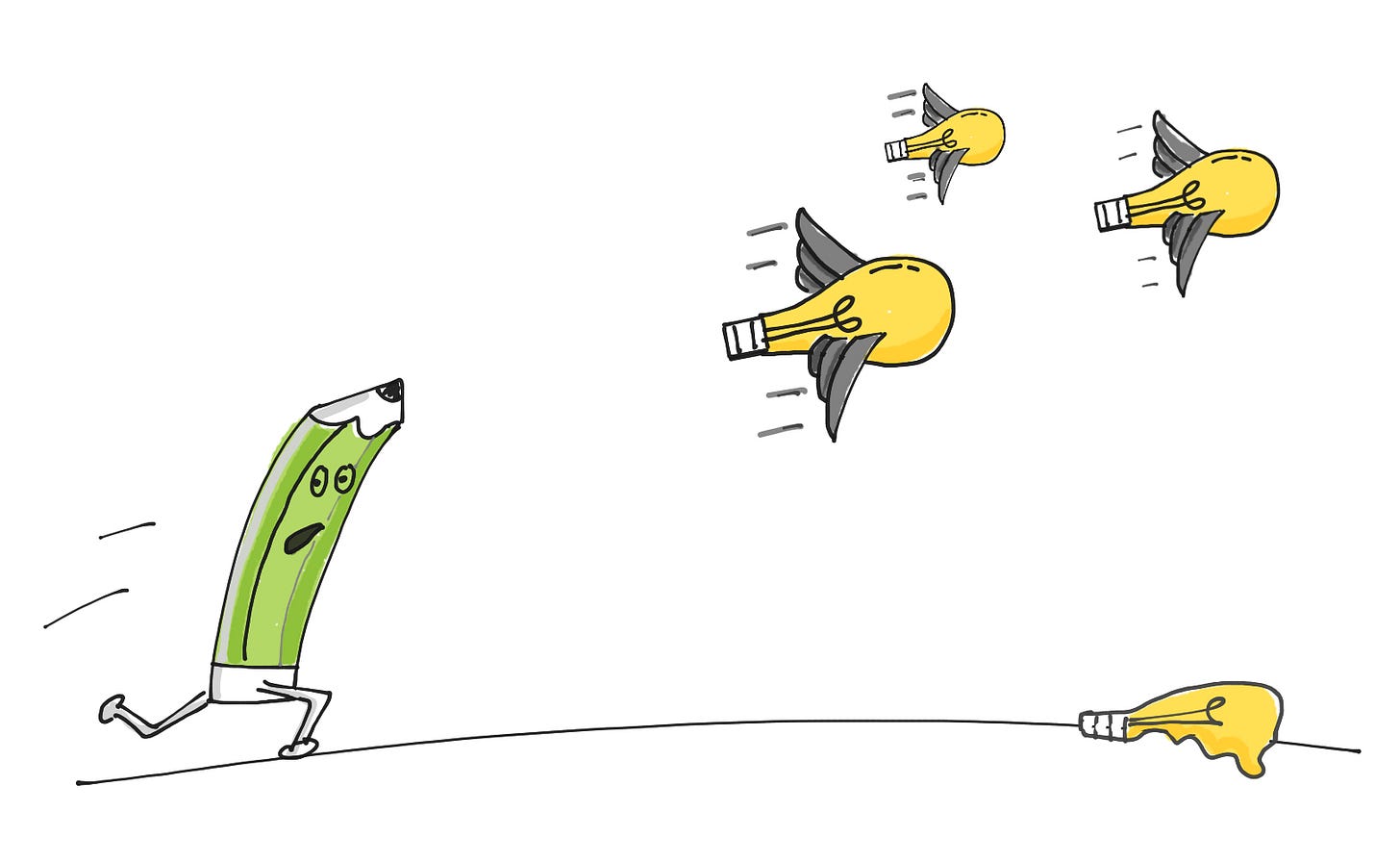
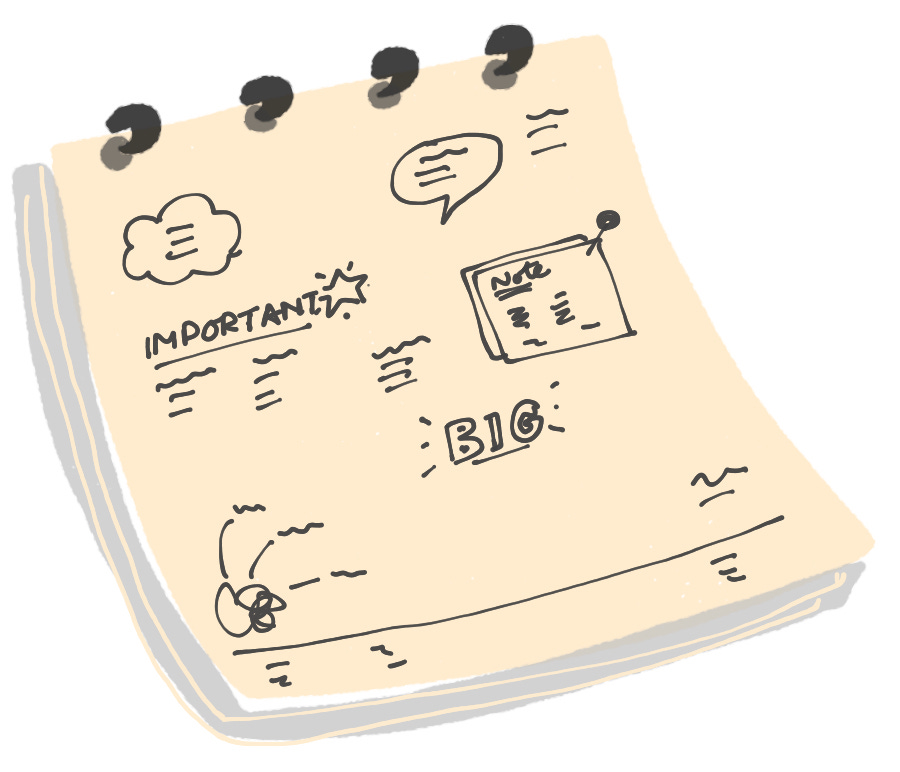
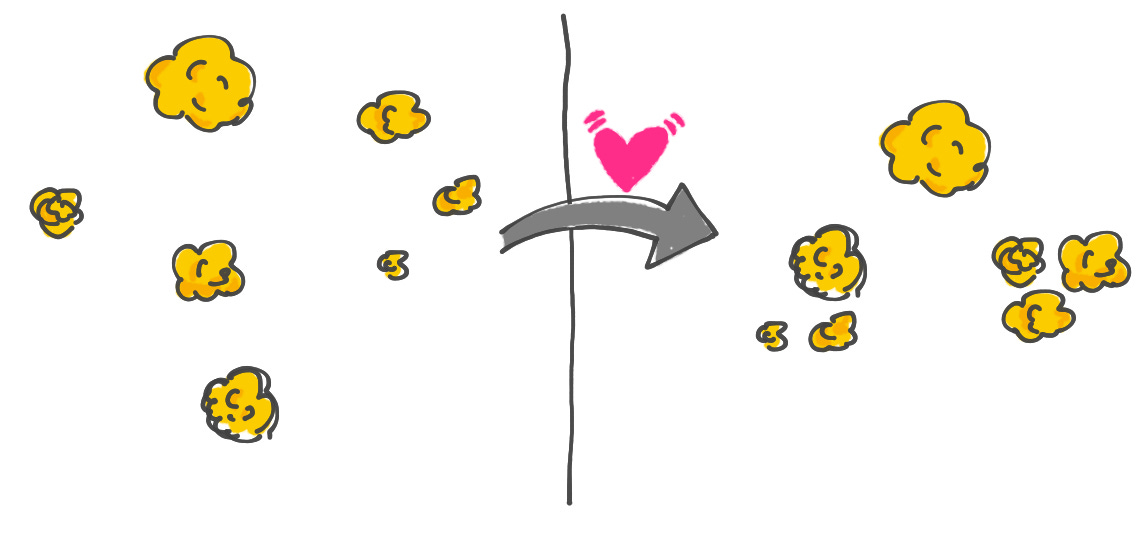
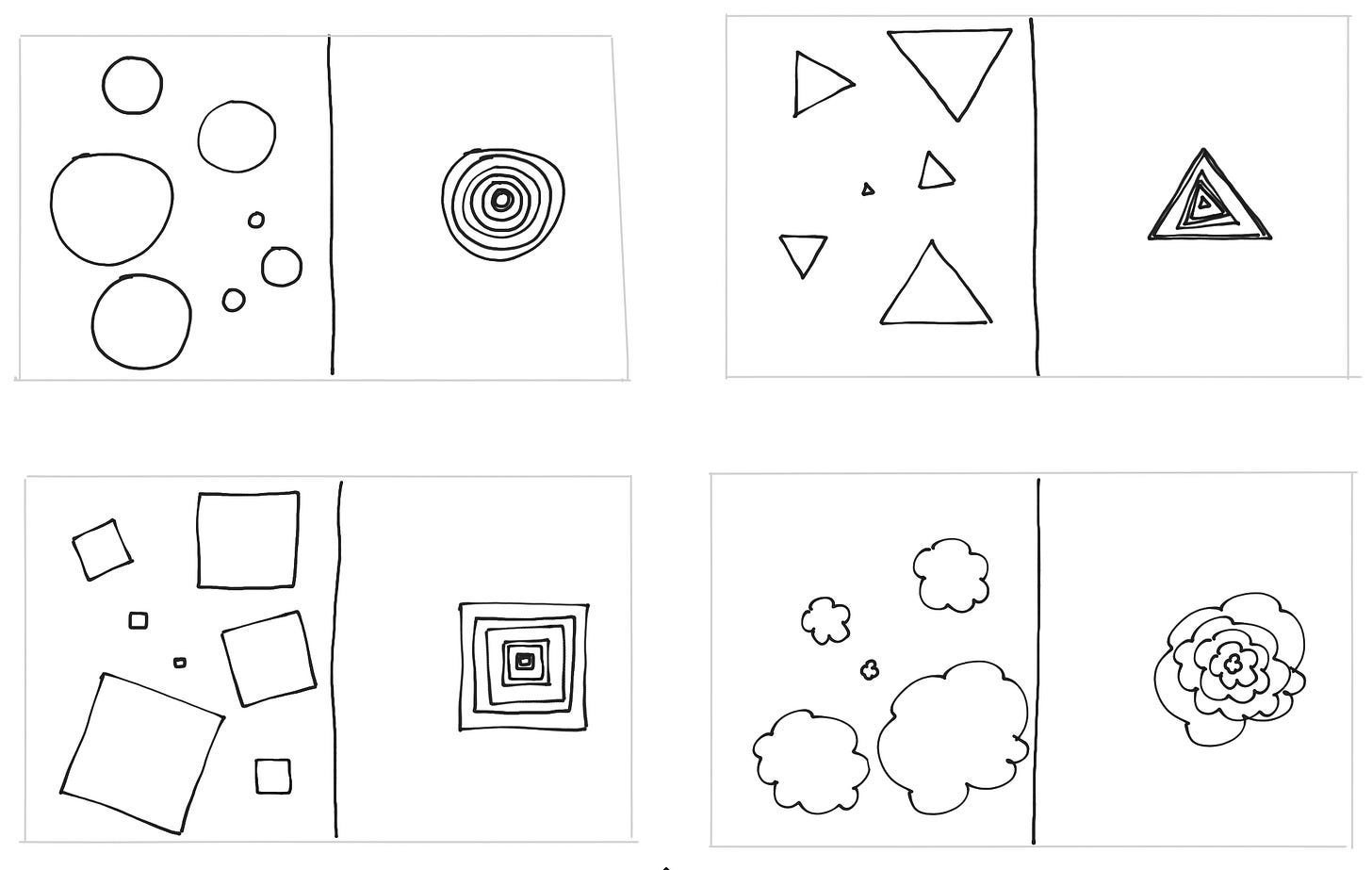
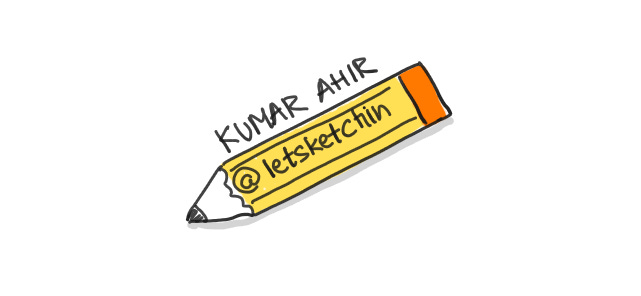
Beautifil sketches and a great tool to add in the toolbox. This can also be mapped to divergent and convergent thinking. Thanks Kumar.
Incredibly useful (and timely) perspective in this edition. Love it.